|
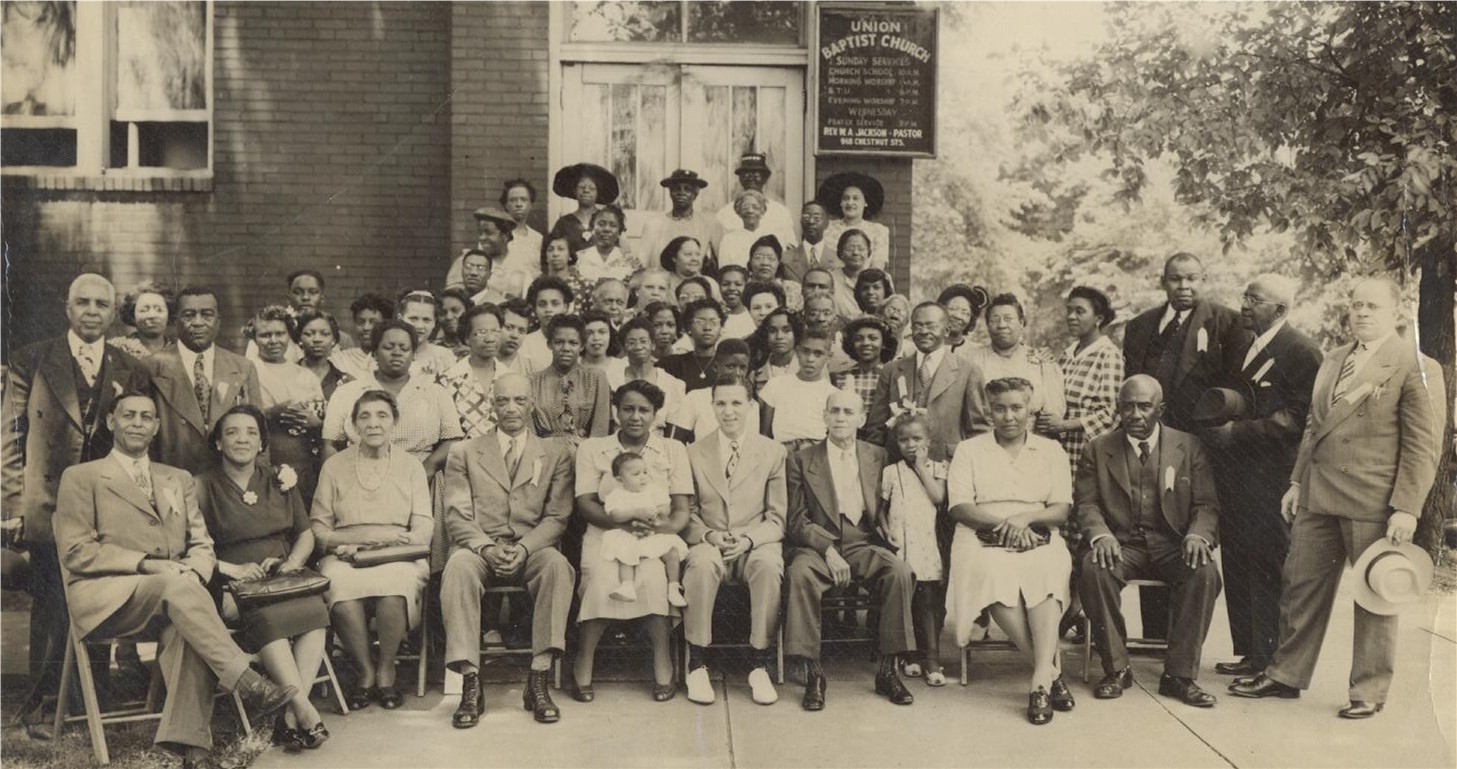
Wood River Baptist Association Conference
Attendees, Peoria, Illinois, c. 1943-44.
|
|
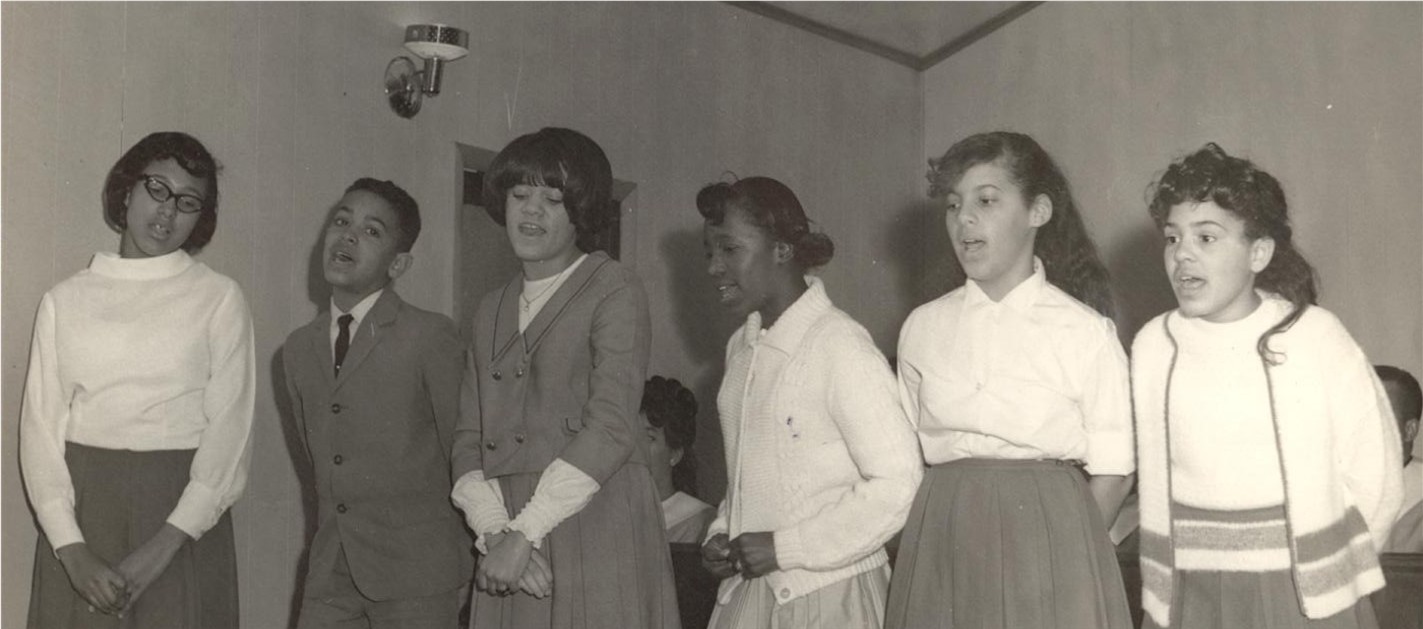
Second Baptist Church choir.
|
|
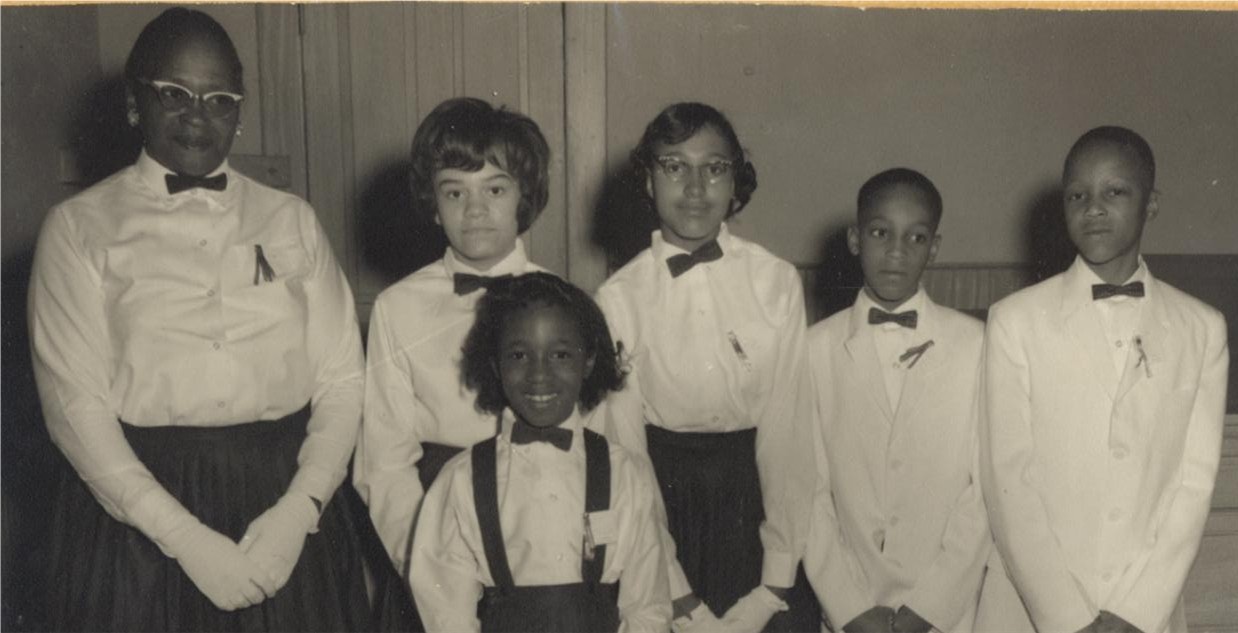
Second Baptist Church Junior Ushers Board,
C. 1963.
|
|
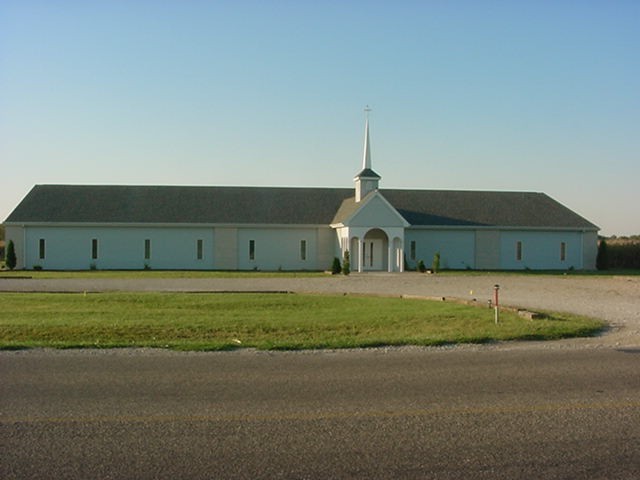
The New Second Missionary Baptist Church
on Old State Road in Mattoon, Illinois. The church was built
in 1997 under the leadership of pastor Cyprus Hughes.
|
|
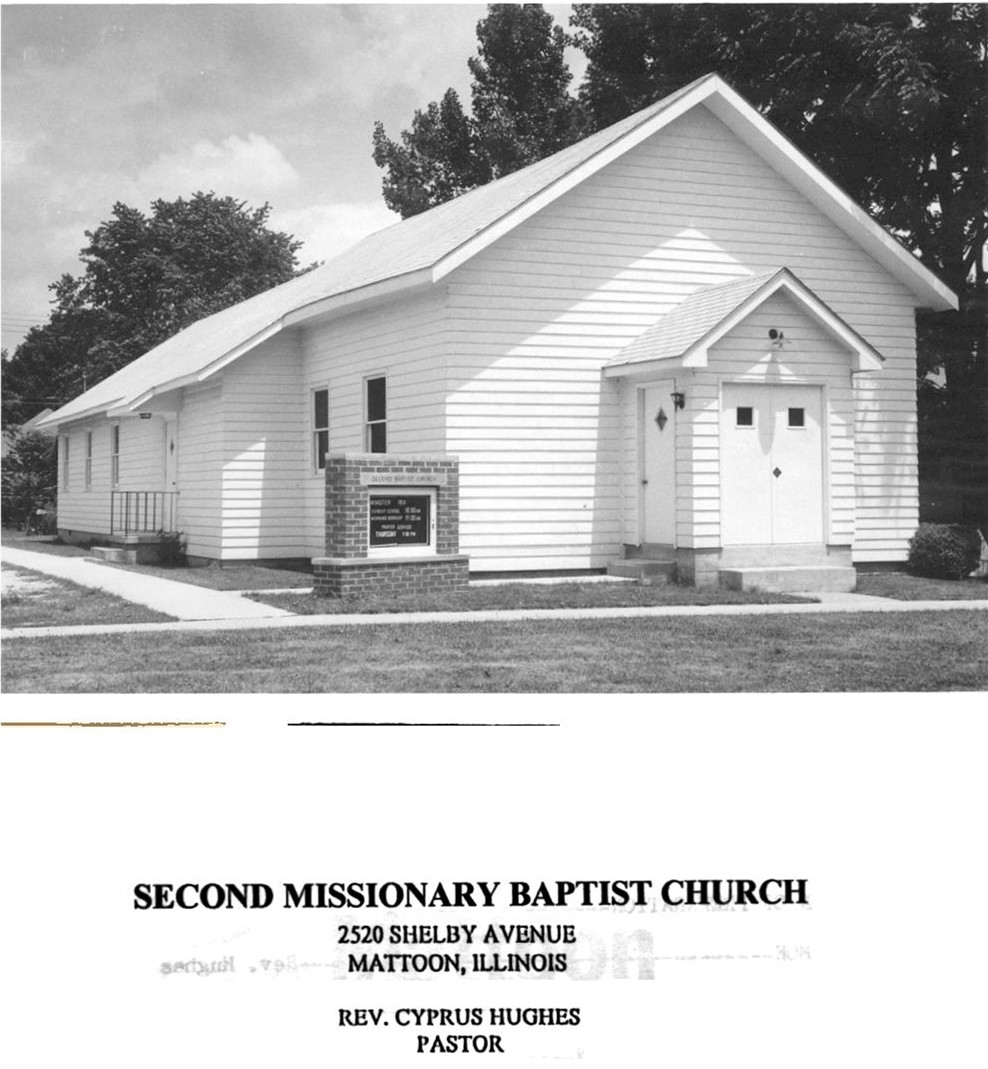
The Old Second Missionary Baptist Church,
2520 Shelby Avenue, Mattoon, Illinois. The church was founded
in 1868. The original church was destroyed by a tornado in
1917. This structure was rebuilt in 1921 and remodeled in
1966.
|
|
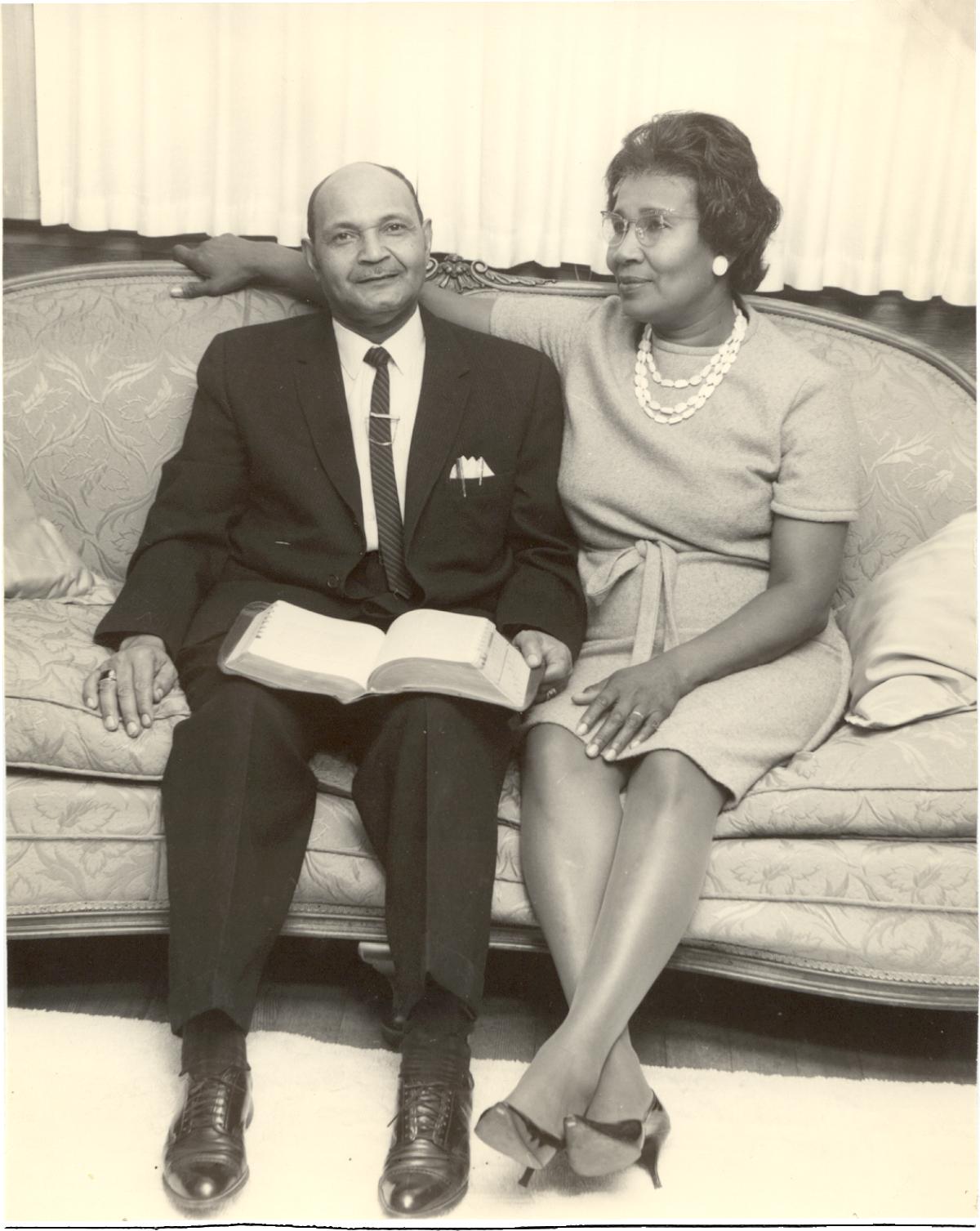
Rev. and Mrs. T.J. Jackson of Second Missionary
Baptist Church, Mattoon, Illinois, 1963.
|
|
Another area in which African Americans secured
employment in Coles County from the nineteenth century onward was
the railroad system. The railroad system attracted new residents
to the area. Of significance is the fact that the emergence of Mattoon
in the 1850's was attributed to the crossing of two railroads, the
Illinois Central and the Terre Haute and Alton railroads. Commenting
on the impact of the railroads on the growth of Mattoon, Russell
T. Willingham observed that,
In 1852 not a single dwelling existed where
Mattoon now stands. Because of the construction of the Illinois
Central and the Terre Haute and Alton railroads, Mattoon came into
existence. Both railroads established yard facilities, shops, and
terminals for road crews. The crossing of these railroads gave service
east, west, north and south, for mail, passenger and freight...
The railroads furnished transportation to Coles County for the people,
mail, raw products from the farms, raw products to the manufacturing
plants in Mattoon. In addition a labor market was established which
benefited Mattoon by furnishing a large payroll by establishing
employing large numbers of people in the industry. The large numbers
of people in the industry. The employment continued until the 1950's
when diesel locomotives replaced steam power. (43)
Between 1851 and 1883 five railroads were constructed
throughout Coles County. These were the Terre Haute and Alton, the
Illinois Central, the Grayville and Mattoon, the Paris and Decatur,
and the Charleston, Neoga and St. Louis lines. (44) African Americans
worked as porters and laborers on these railroads. Whitmal asserts
that "between 1890 and 1914 there was a large increase in the
number of black men working in trade and transportation industries.
A large portion of these jobs were with the railroads. Throughout
this time black men did the rough outdoor labor or worked as porters."
(45) The existence of the railroads attracted a significant number
of blacks to Mattoon. Hence, African American population has remained
higher in Mattoon than anywhere else in the county. It is without
doubt that African Americans were an integral part of the Coles
County railroad system.
In conjunction with economic survival, African
Americans in Coles County strove to maintain social cohesion by
relying on each other and their institutions. One of those institutions
was the church. As John Hope Franklin and Alfred A. Moss, Jr., have
concluded, "Perhaps the most powerful institution in the black
world was the church. Barred as they were from areas of social and
political life, African Americans turned more and more to the church
for self-expression, recognition, and leadership... It stimulated
their pride and preserved the self-respect of many who had been
humiliated in their efforts to adjust to American life." (46)
The notable black churches in Coles County are the Log Church established
in Brushy Fork, the African Methodist Episcopal Church and the Second
Missionary Baptist Church both in Mattoon. As of today, very little
information exists on the Log Church. All that is known is that
the church provided the black residents of Brushy Fork a space where
they interacted with one another, discussed common issues, found
solutions to problems, and celebrated their triumphs. The church
was a sanctuary far removed from the influences of the neighboring
white community.
Black residents in Mattoon were also not left out
of the need to create a separate space for their church congregation.
Before the African Methodist Episcopal (A.M.E.) Church was established,
a group of blacks were first given religious instruction on Sundays
by a group of Presbyterians in 1864. But because they preferred
Methodism, on October 1, 18656 they elected trustees and chose the
corporate name of African Methodists Episcopal Church. Under the
direction of Rev. William J. Davis of the Indiana Conference, the
church was established in Mattoon. To honor Rev. Davis' contribution
to the church, it was named Davis Chapel. At the onset, the church
did not have a permanent site. As a result, the congregation met
in different locations in Mattoon. But "through the friendship
with Mr. Ebenezer Noyes [one of the first white landowners in Mattoon],
John Powell Sr. [an African American] succeeded in getting Mr. Noyes
to deed a lot for the first building in 1877. The lot was located
at 2321 Dewitt Avenue." (47)
|

